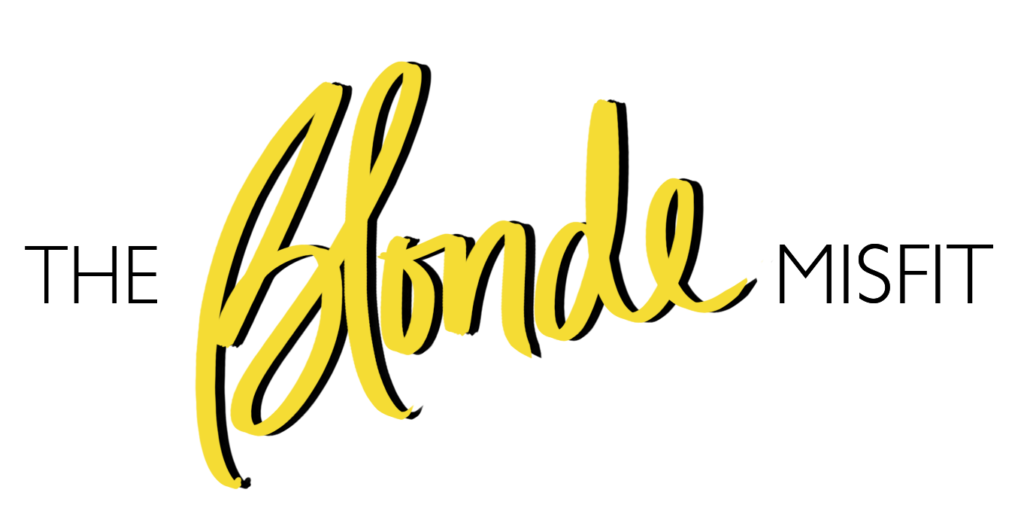Days after Miuccia Prada accepted the British Fashion Council’s “Outstanding Achievement Award,” the company (Prada) was found in the midst of a scandal. As part of the Pradamalia series’ collectible keychains, a monkey-esque caricature incited outrage with many who claimed that it looked…suspiciously similar to racist underlying caricatures of the past.
Thanks to #blackface @Prada, now you can take #sambo home with you for the holidays #StopRacism #StopBlackface #StopPrada pic.twitter.com/5t2cvosLIF
— Chinyere Ezie (@lawyergrrl) December 13, 2018
People on social media were not buying it, noting that the offense is simply a reminder to the reality of what many of us face on a daily basis when it comes to tone deaf situations with little to no research and report — and that it is time for brands to stop writing it off as a misunderstanding.
[1/2] #Prada Group abhors racist imagery. The Pradamalia are fantasy charms composed of elements of the Prada oeuvre. They are imaginary creatures not intended to have any reference to the real world and certainly not blackface.
— PRADA (@Prada) December 14, 2018
The monkey has a dark body and oversized red lips, and immediately after social backlash, Prada did a complete recall and issued a statement of apology. “The Pradamalia are fantasy charms composed of elements of the Prada oeuvre,” said the brand in a tweet. “They are imaginary creatures not intended to have any reference to the real world and certainly not blackface.”
Now if you’re new to TheBlondeMisfit and/or not well-versed in the history of Sambo or the work of blackface, it’s understandable why you may be a bit confused. As many cited on Twitter, the harboring thought is that cultural sensitivity was thrown out of the window, and nobody on Prada’s team took a moment t think that this could potentially be perceived as blackface. Others brought up the biggest point (in my opinion) of the matter: If we could find ethic representation in these board rooms and editorial meetings and sales pitches and positions of power, perhaps this wouldn’t have been a situation to ever occur. Welp, now we’re here and the people are not happy.
On @Diet_Prada, the collection “produced in collaboration with @2x4inc, features fantasy ‘lab-created’ animals. According to a press release about the collab, the creatures mix up the codes of the house into their features. Many are company ‘Otto, a resulting mutation of one of Prada’s oldest mascots, the monkey, to Little Sambo, a children’s book character from 1899, who exemplified the pickaninny style of blackface caricature, though other examples from as early as 1769 can be found.”
The term ‘Sambo’ came to being from Harriet Beecher Stowe’s anti-slavery book, Uncle Tom’s Cabin. But the term comes from the 1700s — Sambo was one of the slave oversees that worked for the slave owners of the land. It is in this book that many depictions of Black characters are seen as subservient, highly offensive, and stereotypical.
Now, do I think this was a malicious intent against black people? Honestly, I don’t believe so. HOWEVER, I do think that this is tone-deaf and a sign that more diversity and inclusion needs to be brought into our fashion houses internally and externally. There is no excuse for the work that is lost on our culture, especially when people of color ARE the culture and the buyers. I don’t want to just see black models walk down the runway in your clothes, I want to know that you truly care and that improvements in the way you do and see things are always at the forefront of your brand. What do you guys think?
